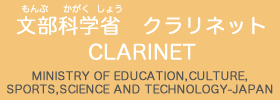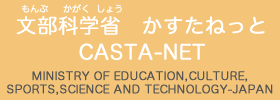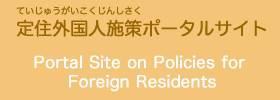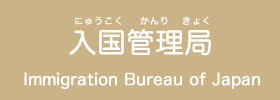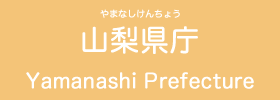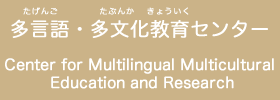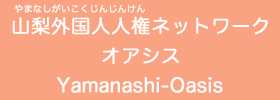
- Home >
- Information on Entering into University >
- Preparation for Entry Into University (From 1st Year of Senior High School up to Graduation)

The table below provides an example of the different processes that may be required for entry into University. However, the schedule of events can vary depending on the school. Use the timetable as a general reference for what could possibly be expected of you.
![[Table 1] Preparations for Taking Examinations for Admission into University (1st year and 2nd year of high school) (For an explanation of the terminology numbered ① through ⑥, refer to page 5)](images_4/tb4_1.gif)
For students, the third year of high school is the most important time to prepare for entry into university or college. Students will make preparations by undertaking various tasks, such as taking the Mogishiken (a mock examination) or participating in Kagaijugyou (a special kind of extra-curricular class). Refer to table 2 for additional information. Students will also need to apply to take the Daigaku Nyuugaku Shiken (University Entrance Exam) and the Sentaa Shiken (Center Test) examinations.
When it comes time to decide on which university they will attend, students will need to research specific information: the courses/majors you wish to study; the difficulty level of the university’s exam; the types of exams that the school administers; the cost of tuition. During a student’s tenure in high school, there will be numerous opportunities to consult with teachers, so please ask the teachers if you have any questions regarding these topics. For people who have difficulty understanding Japanese, a translator/interpreter is available courtesy of the prefectural government. Please ask the school if you require such services.
There are numerous ways to apply for entrance into university. There many kinds of exams, so depending on the kind of exam a student needs to take, the times when the exams are held can vary. Refer to section 2
[Details on the Different Types of Exams Required for Entrance into University]for more information.
Additionally, before taking the exam, cram schools/prep schools are available to help prepare for the test. If a student wishes to attend these schools, they will need to apply for admission.
![[Table 2] Preparations for Taking Examinations for Admission into University (3rd year of high school)](images_4/tb4_2.gif)
*Refer to the next page for an explanation of the Japanese terminology.
Refer to【2.Details on the Different Types of Exams Required for Entrance into University】
For more information about the Sentaa Shiken
★Explanation of Words and Terminology
① Nishamendan and Sanshamendan:“Nishamendan” is a process of counseling between the teachers and the students about the courses the students will take. “Sanshamendan” is like the nishamendan, with the exception that parents are also involved in the counseling sessions. These counseling sessions will be held periodically, so any questions regarding required coursework should be asked at this time. If you do not understand Japanese, a translator is available courtesy of the prefectural office.
② Mogishiken :The “Mogishiken” is a mock examination intended to measure whether a student has the ability to pass the entrance examination into the university they wish to attend. When the test is administered, as well as the number of times that it is given can vary depending on the school.
③ Open Campus:Open Campus is a special day when the university will allow prospective students to visit the school to see what the school has to offer. The university will allow these prospective students to observe lectures, take tours of the campus, etc. The dates and times of open campus are set by each individual university. Therefore, you will need to confirm with the school in question about when open campus is held. Some universities will require you to make an appointment for open campus.
④ Kagaijugyou:Occasionally high schools will offer extra-curricular classes that are not part of the students’ coursework. Sometimes, schools will have these classes during times in which there are no regular classes, such as summer break. These extra-curricular classes are called “Kagaijugyou” in Japanese
⑤ Choosing Coursework:The courses that a student will choose to take in high school will depend on the university they wish to enroll into.
⑥ Shinro Kibou Chousa: The “Shinro Kibou Chousa” is a survery taken by high school students to determine what they want to do for their future after they graduate. For students that decide to continue with higher-education, they will also choose the kind of college or university they wish to attend.











